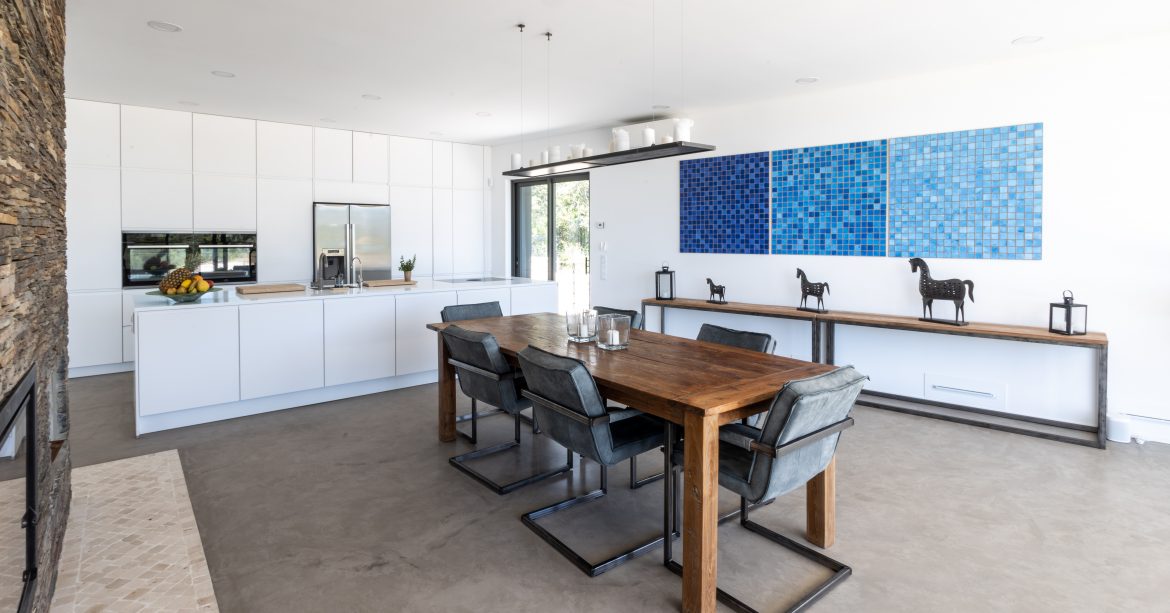That’s right; it’s World Architecture Day – a day we can call truly our own, where bigwigs in the International Union of Architects (IUA) come together to establish a path for us and our profession. Every year has a theme, one that pushes us further, guides our practice, and ensures we’re on the right track to success. This year’s theme?
Architecture for wellbeing
And you may have guessed – we’re fully behind it!
But what do they mean by wellbeing?
The IUA sees architecture for wellbeing as “design that protects health, design that develops better health, and design that restores health once it is impaired.” And “health”, you may be wondering? It’s defined by the World Health Organization (WHO) as “a state of complete physical, mental and social wellbeing and not merely the absence of disease or infirmity.”
That is, simply: designing for the long-term good of all. Not just to stop bad health in its tracks but to actively improve quality of life. For all.
Sounds pretty good, right?
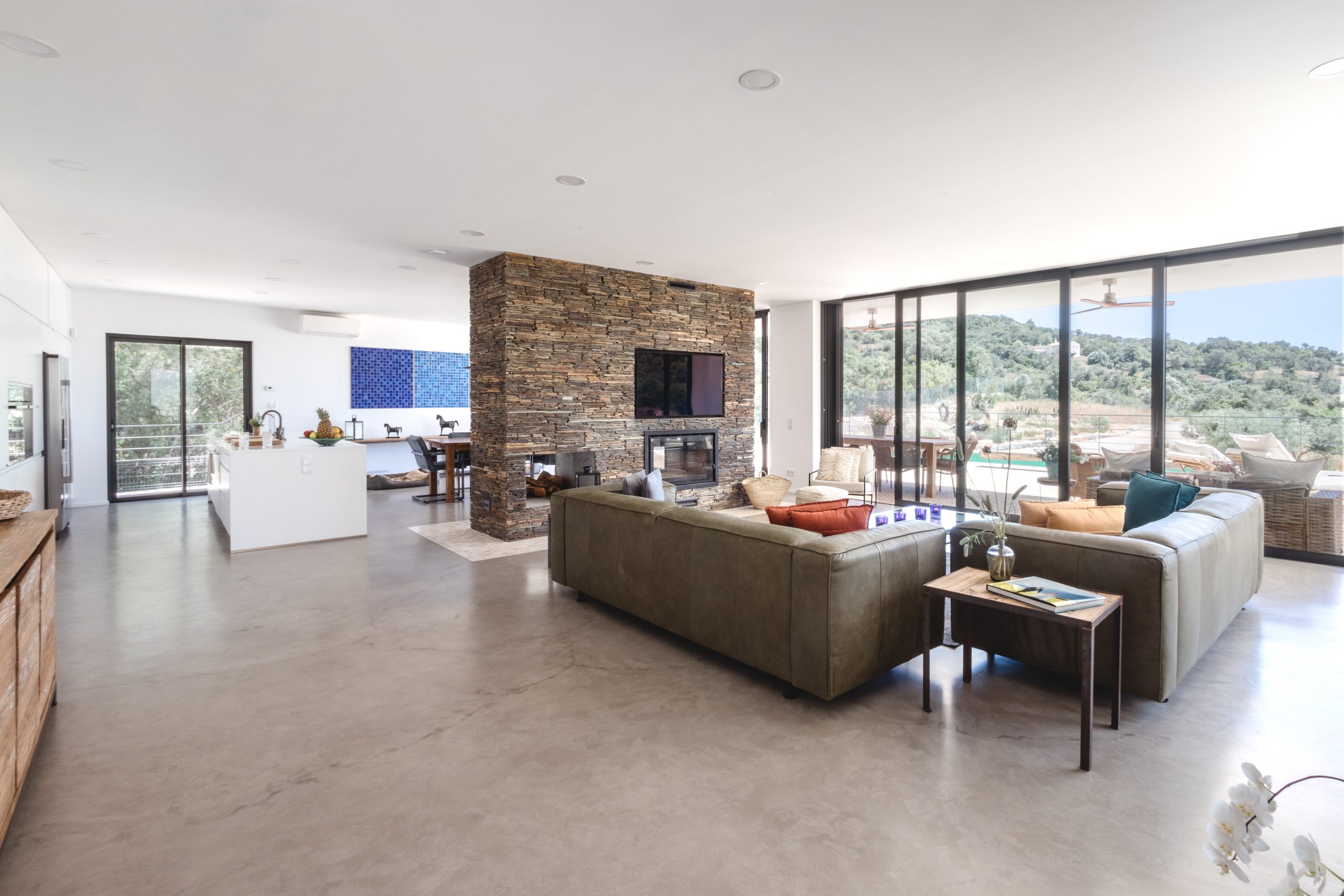
Why is World Architecture Day today of all days?
Everything about today has been carefully thought through, starting with the day it’s held on. That is, not a set day every year, rather the first Monday in October, precisely to coincide with UN World Habitat Day. It’s a day set aside for us to think about our habitats and remind us all of the power we have to influence the future of the world we live in. Of our collective responsibility to promote sustainable urbanisation.
In fact, the entire month of October is known as Urban October at the UN, kicking off with World Habitat Day and coming to a close with World Cities Day on the 31st – a time to join in the conversation and do our bit to harness transformational change.
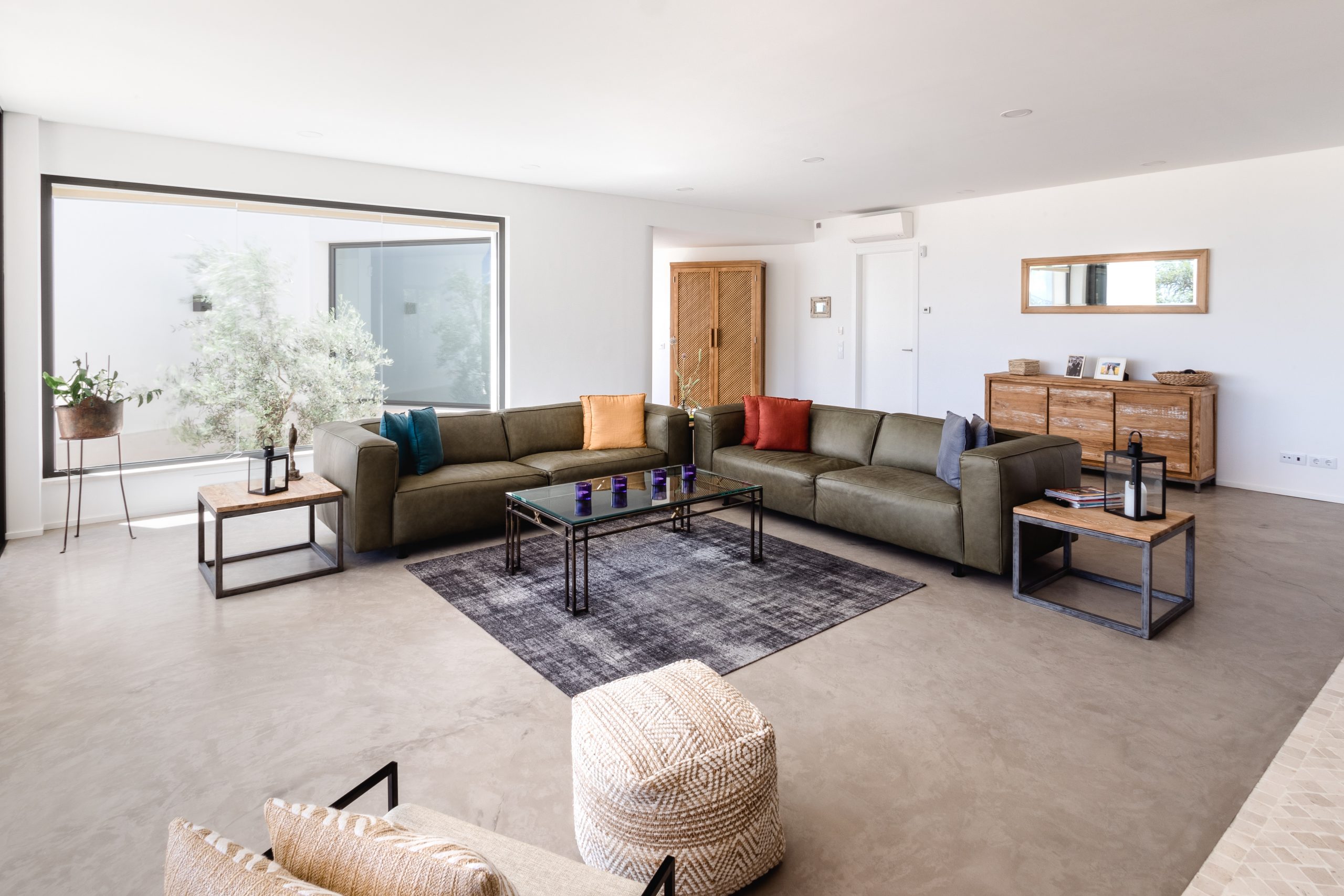
On that note, what is architecture?
That all-important question we can’t help but equate to “what is art?” … and the age-old answer of “art is in the eye of the beholder”. Let’s start by saying that the statement simply doesn’t fly in architecture because there’s so much more to it.
Sure, architecture is art in the sense that it can (and should) be aesthetically pleasing.
It’s also design, to an extent, because, as you may imagine, floorplans, technical drawings, and sketches form the cornerstones of how we work.
Then there’s planning, in the sense of urban planning, land planning, and master planning – dictating how homes, cities, and regions develop.
And the essential step of building. Not limited to the act of construction itself, of course, but a must to bring the art, design, and planning into the physical plane. To make it real and tangible.
Our definition of Architecture
Architecture is the combination of all these steps and more – the specific combination that creates a habitable environment. And if we take guidance from the UN and IUA, a space that is more than habitable: that promotes and improves wellbeing and health in all its shapes and forms.
Architecture gives us agency over our built environment to ensure that it goes beyond meeting our needs – it actually contributes to us needing less. Less healthcare and fewer resources: resulting in a reduced impact on our environment.
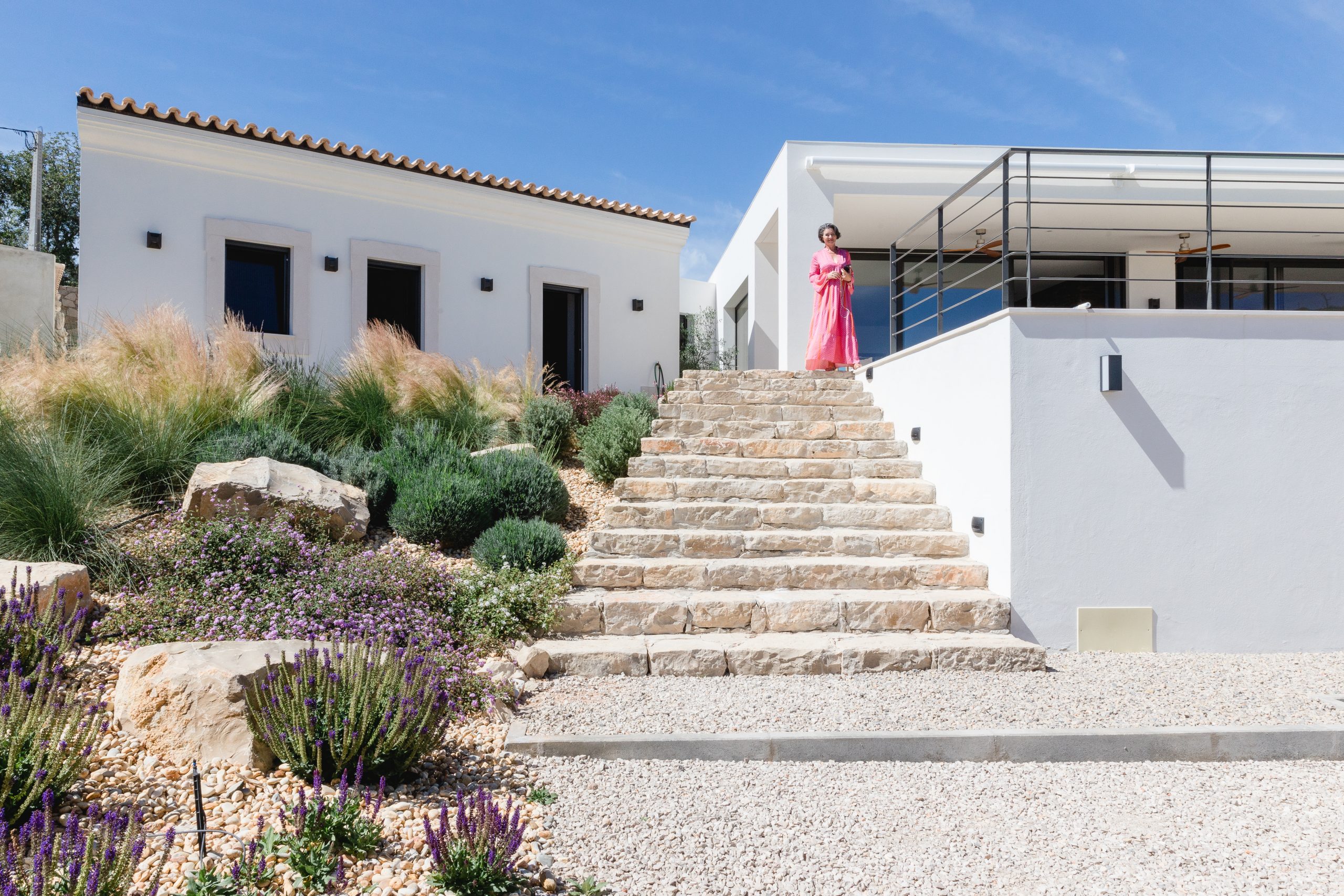
So, what does this mean in practice?
We’ll give you some examples.
How do you ensure a house improves health?
This one’s easy: by reducing the toxic materials used. From items as standard as paint, plasterboard, and your bog-standard insulators, the average house is packed full of materials that are bad for us. Especially if we’re surrounded by them, day after day. Which, when they’re in our homes, we are.
Swapping paint out for pigmentation chalk on inside walls improves air quality. Opting for micro cement rather than plasterboard means you avoid the health risks posed. And switching cellulose, fibreglass, or mineral wool insulation out for naturally-sourced cork means you get the cocktail of chemicals, which often includes formaldehyde, out of your house – and actually better insulating properties.
Those sniffles we think are normal? Asthma that’s haunted you for your entire life? Allergies? How do you know they’re not a product of a lifetime of exposure?
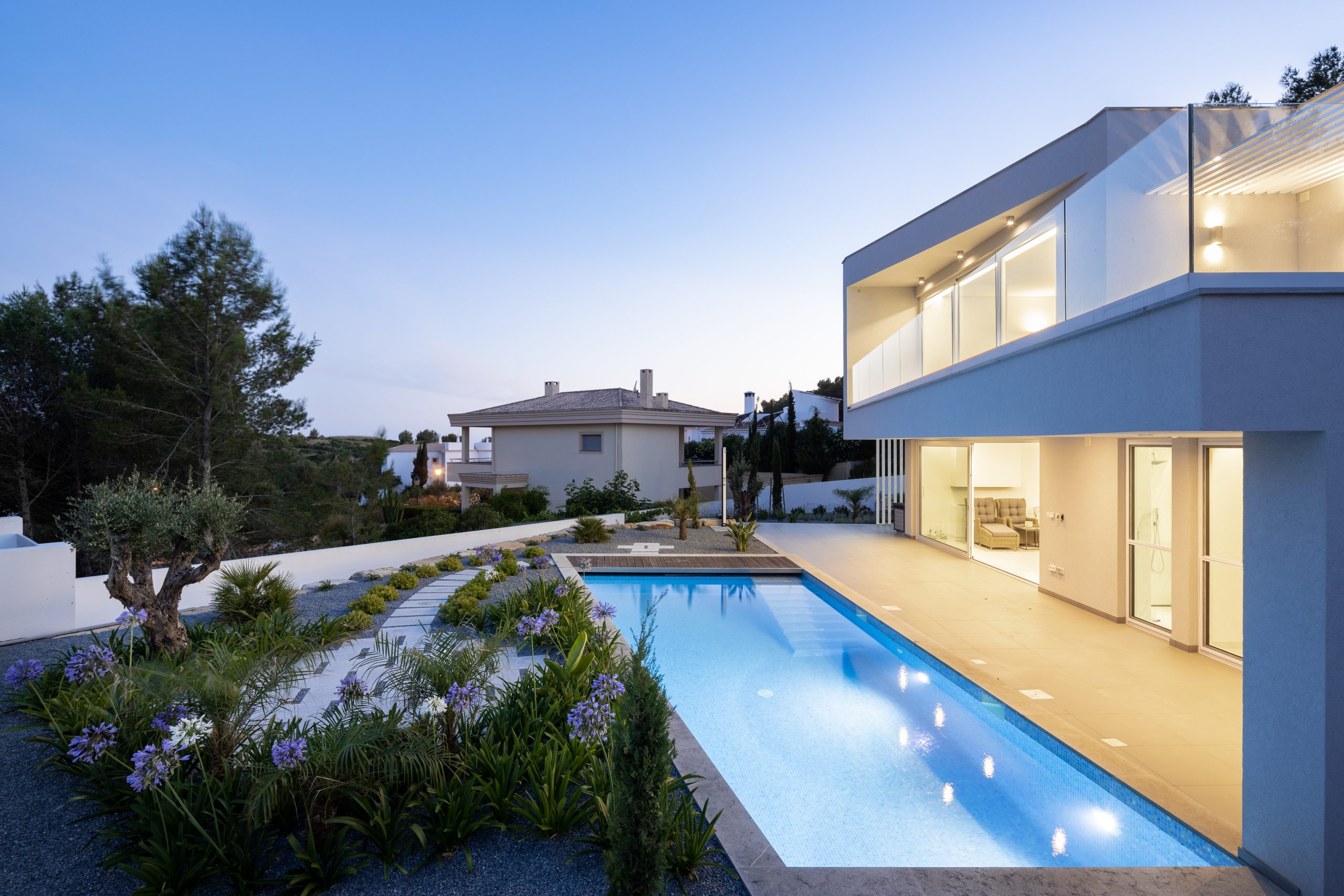
How do you make a house more sustainable?
Then there’s the sustainability aspect. Reducing a home’s impact on the environment, both the short- and long-term.
Short-term solutions include ensuring materials are locally sourced to reduce your carbon footprint.
Longer-term actions include your standard:
- Photovoltaic panels
- Rainwater collection systems
- Green roofs
- Improved insulation
But can also go as far as reducing the depth of your pool to reduce excess water usage. Using only local plants in the garden to ensure they thrive in their environment. Maintaining as much of the existing vegetation as possible to promote the local fauna and flora and ensure your house is built with and within nature for your good and that of the planet.
So, this #worldarchitectureday, #worldhabitatday, and #urbanoctober let’s get the ball rolling faster on homes that promote health and wellbeing in all their shapes and forms!


